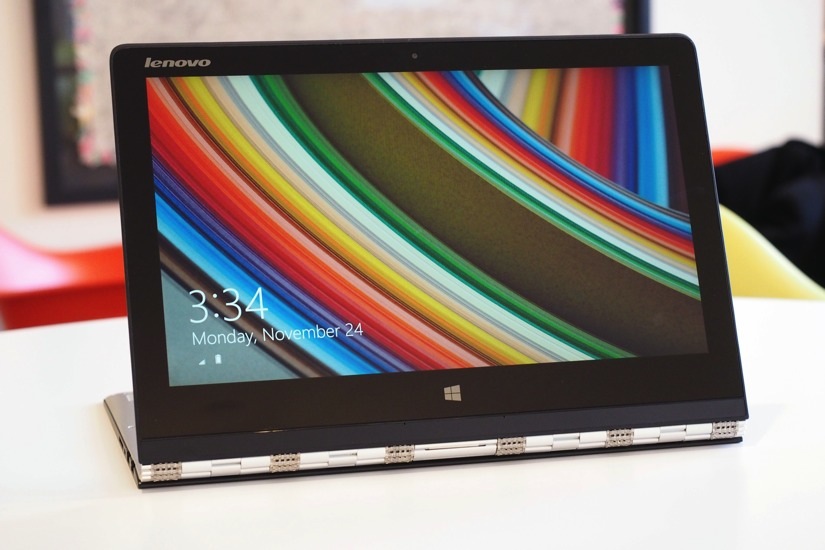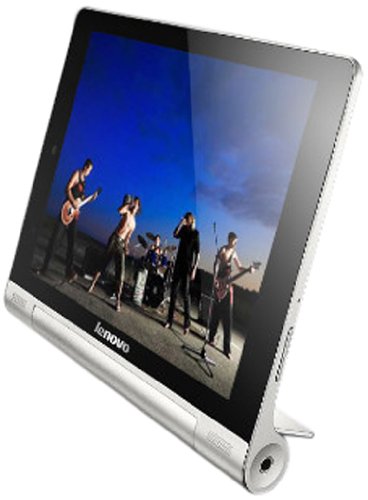If you are eagerly awaiting the release of the new Lenovo Yoga 3 Pro Ultrabook, have we got the scoop for you! This new laptop is rumoured to set you back around AU$1,524 – plus, it’s around 17% slimmer and 14% lighter than ever (at least, according to Lenovo). This is because it is completely fanless, a result of Intel’s Core M-70 processor.
Design
To make the ultra slim casing work, Lenovo has created what they are calling a ‘watchband’ hinge. As the name suggests, it is inspired by the look, feel and rigidity of wristwatches. The hinge itself is comprised of more than 800 individual pieces of aluminium and steel, which many people have mentioned take some getting used to .

They have also redone the palm rest, replacing the brushed feel of the Yoga 2 Pro with pocked soft-touch plastic. The keyboard is deeper than in the previous model and the bezels surrounding the screen are also a bit larger. The result of these changes is that the Yoga 3 Pro is slightly taller and longer than its predecessor – 13 x 19 x 0.5 inches to be exact.
Specifications
Lenovo have decked out their new laptop with up to 8GB of memory (to support the CPU) and 256GB of storage (as standard). It also features a 3200 x 1800 multitouch screen, which defined the previous model. It takes only 9 seconds to bootup and its battery, whilst seeming to be a step down on the surface, lasted through approximately 7 hours and 36 minutes of video playback.

On the left-hand side of the Ultrabook, you will find a micro-HDMI output, an SD reader, a USB 3.0 socket and an AC port (which also doubles as a USB 2.0 connection). On the right-hand side, you will find the power button, volume controls, headphone jack, auto-rotate button and a second USB 3.0 socket (which is a brand new addition to this model).
With the new Lenovo Yoga 3 Pro Ultrabook available on shelves in Australia, many people are rushing out to buy the laptop because they love the sleek appearance and believe it will be easier to carry. Many tech-lovers, however, are hoping that future slim designs will come with less trade offs – they find the keyboard, for example, not as comfortable to type on.